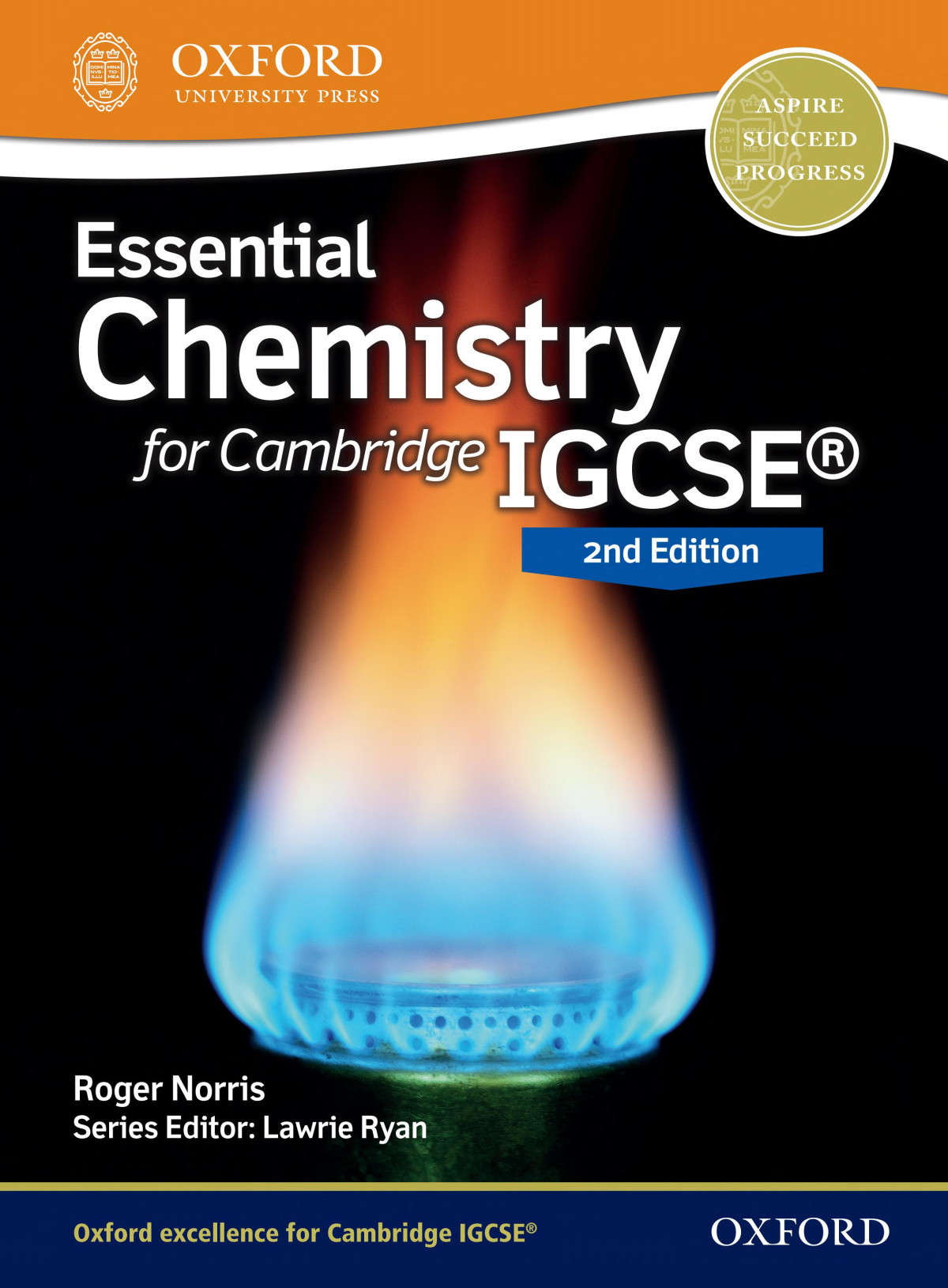

Most ebook files are in PDF format, so you can easily read them using various software such as Foxit Reader or directly on the Google Chrome browser.
Some ebook files are released by publishers in other formats such as .awz, .mobi, .epub, .fb2, etc. You may need to install specific software to read these formats on mobile/PC, such as Calibre.
Please read the tutorial at this link. https://ebooknice.com/page/post?id=faq
We offer FREE conversion to the popular formats you request; however, this may take some time. Therefore, right after payment, please email us, and we will try to provide the service as quickly as possible.
For some exceptional file formats or broken links (if any), please refrain from opening any disputes. Instead, email us first, and we will try to assist within a maximum of 6 hours.
EbookNice Team

Status:
Available5.0
35 reviews
ISBN 10: 0198355203
ISBN 13: 9780198355205
Author: Roger Norris
Support understanding for the previous Cambridge IGCSE Chemistry syllabus (0620) for first examination in 2016. The clear, concise approach will support your EAL learners in understanding crucial scientific concepts. A step-by-step approach will help every learner reach their potential in science. This second edition is for the previous Cambridge syllabus. It is written by an examiner, to help you support assessment confidence.
1 Particles and purification
1.1 Solids, liquids and gases
1.2 changing states
1.3 the kinetic particle model
1.4 Diffusion
1.5 Apparatus for measuring
1.6 paper chromatography
1.7 is that chemical pure?
1.8 methods of purification
1.9 more about purification
2 Atoms, elements and compounds
2.1 Inside the atom
2.2 Isotopes
2.3 electronic structure and the Periodic table
2.4 elements, compounds and mixtures
2.5 metals and non-metals
3 Structure and bonding
3.1 Ionic bonding
3.2 covalent bonding (1):simple molecules
3.3 covalent bonding (2):more complex molecules
3.4 Ionic or covalent?
3.5 giant covalent structures
3.6 metallic bonding
4 Formulae and equations
4.1 Chemical formulae
4.2 working out the formula
4.3 Chemical equations
4.4 more about equations
5 Chemical calculations
5.1 Reacting masses
5.2 chemical calculations
5.3 How much product?
5.4 percentages and volumes
5.5 yield and purity
5.6 more chemical calculations
5.7 titrations
6 Electricity and chemistry
6.1 Electrolysis
6.2 more about electrolysis
6.3 Explaining electrolysis
6.4 Purifying copper
6.5 Electroplating
6.6 Extracting aluminium
6.7 conductors and insulators
7 Chemical changes
7.1 Physical and chemical changes
7.2 Energy transfer in chemical reactions
7.3 Fuels and energy production
7.4 Energy from electrochemical cells
7.5 Fuel cells
8 Rate of reaction
8.1 Investigating rate of reaction
8.2 Interpreting data
8.3 surfaces and reaction rate
8.4 concentration and rate of reaction
8.5 temperature and rate of reaction
8.6 Light-sensitive reactions
9 Chemical reactions
9.1 Reversible reactions
9.2 Shifting the equilibrium
9.3 Redox reactions
9.4 more about redox reactions
10 Acids and bases
10.1 How acidic?
10.2 Properties of acids
10.3 Bases
10.4 more about acids and bases
10.5 oxides
11 Making and identifying salts
11.1 Making salts (1)
11.2 Making salts (2):titration method
11.3 Making salts (3):precipitation
11.4 what’s that gas?
11.5 testing for cations
11.6 testing for anions
12 The Periodic Table
12.1 The Periodic Table
12.2 the group i metals
12.3 the group Vii elements
12.4 the noble gases and more
12.5 transition elements
13 Metals and reactivity
13.1 Alloys
13.2 The metal reactivity series
13.3 more about metal reactivity
13.4 From metal oxides to metals
13.5 Thermal decomposition
14 Metal extraction
14.1 Metals from their ores
14.2 extracting iron
14.3 iron into steel
14.4 uses of metals
15 Air and water
15.1 Water
15.2 air
15.3 air pollution
15.4 The nitrogen oxide problem
15.5 global warming
15.6 The carbon cycle
15.7 preventing rust
16 The chemical industry
16.1 Fertilisers
16.2 Making ammonia
16.3 sulfur and sulfuric acid
16.4 Manufacturing sulfuric acid
16.5 the limestone industry
17 Organic chemistry and petrochemicals
17.1 Organic chemistry
17.2 Hydrocarbons
17.3 Fuels
17.4 petroleum
18 The variety of organic chemicals
18.1 Alkanes
18.2 cracking alkanes
18.3 Alkenes
18.4 Alcohols
18.5 carboxylic acids
19 Polymers
19.1 What are polymers?
19.2 more about polymer structure
19.3 Polyamides and polyesters
20 Biological molecules
20.1 Natural macromolecules
20.2 mainly carbohydrates
20.3 Fermentation
essential chemistry textbook answers
essential chemistry answers
essential chemistry for cambridge
essential chemistry for cambridge igcse ebook
essential chemistry for cambridge igcse pdf free
essentials of chemistry
Tags: Roger Norris, Essential, Chemistry